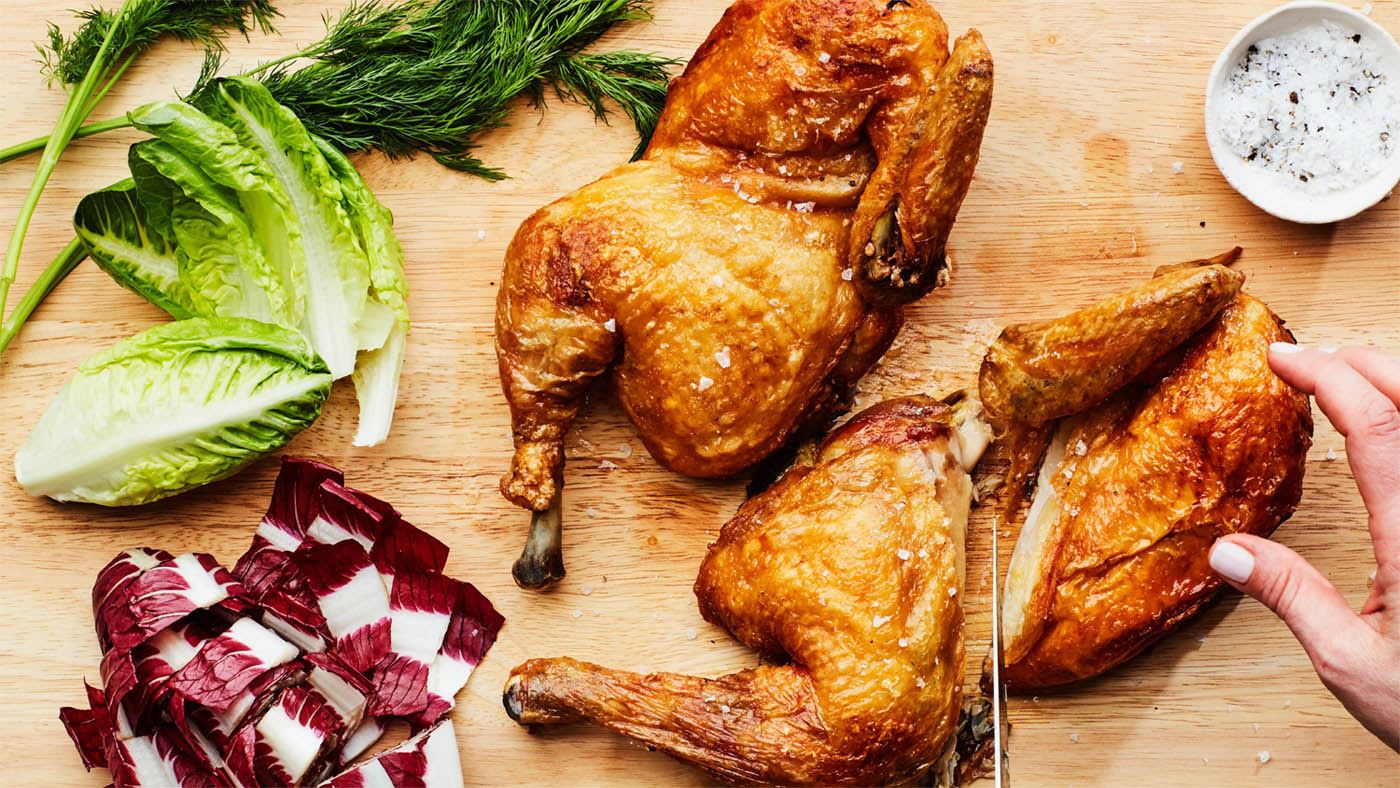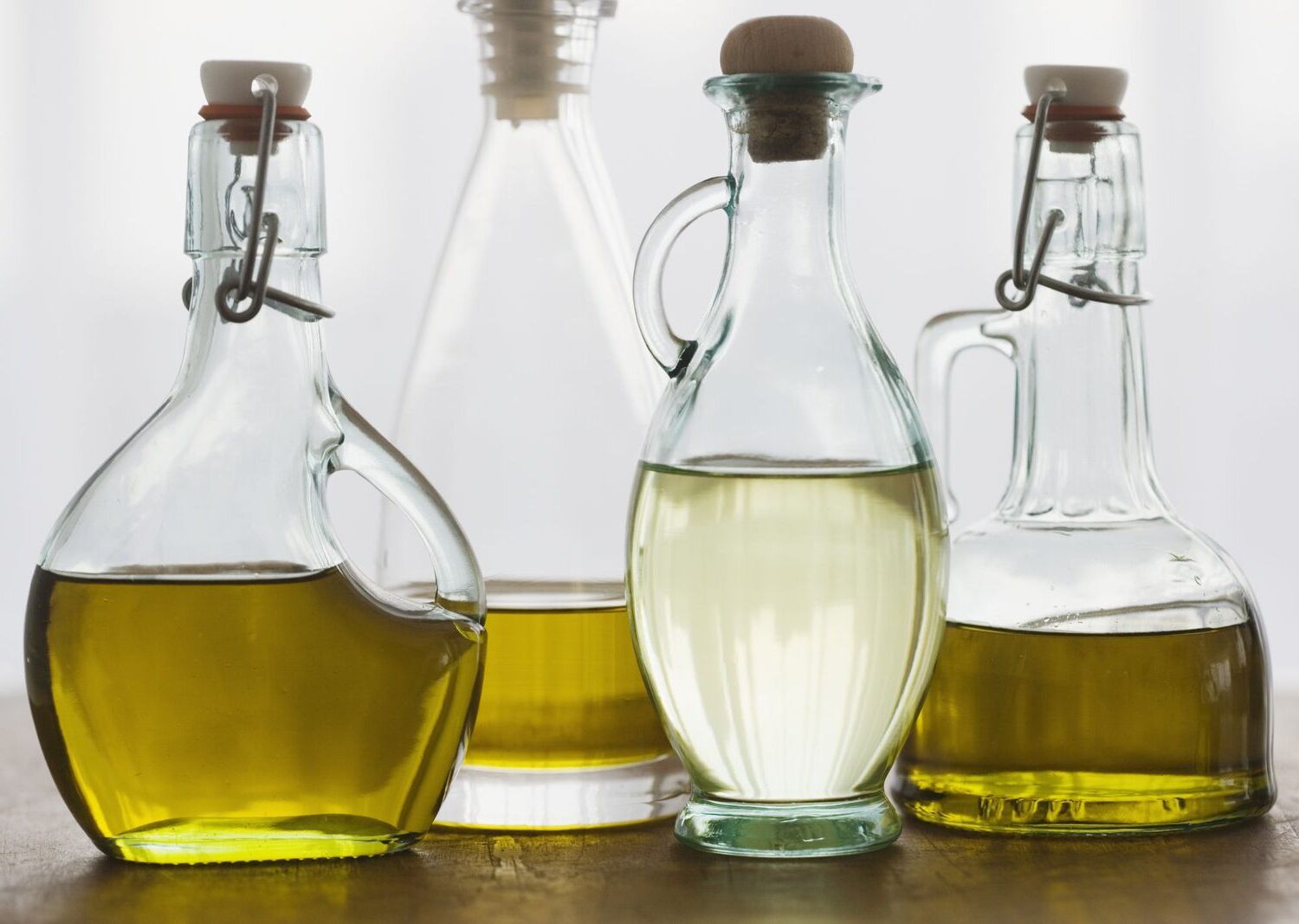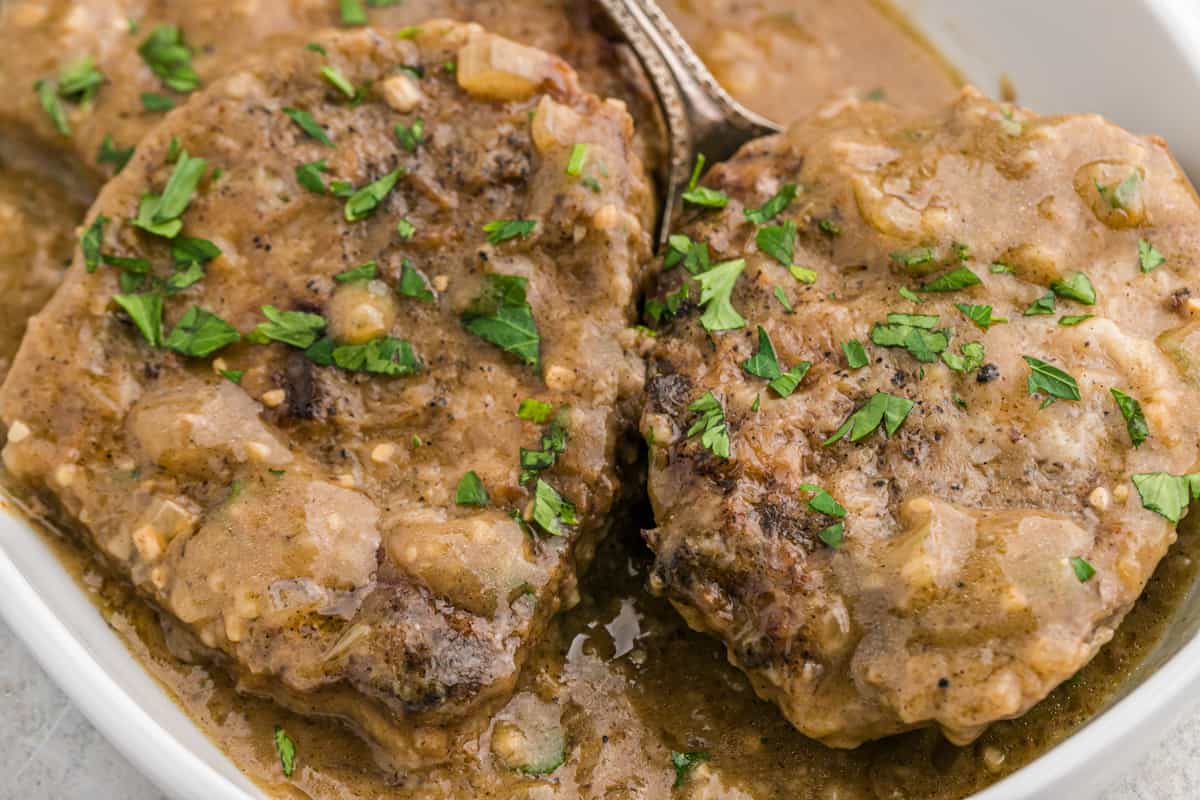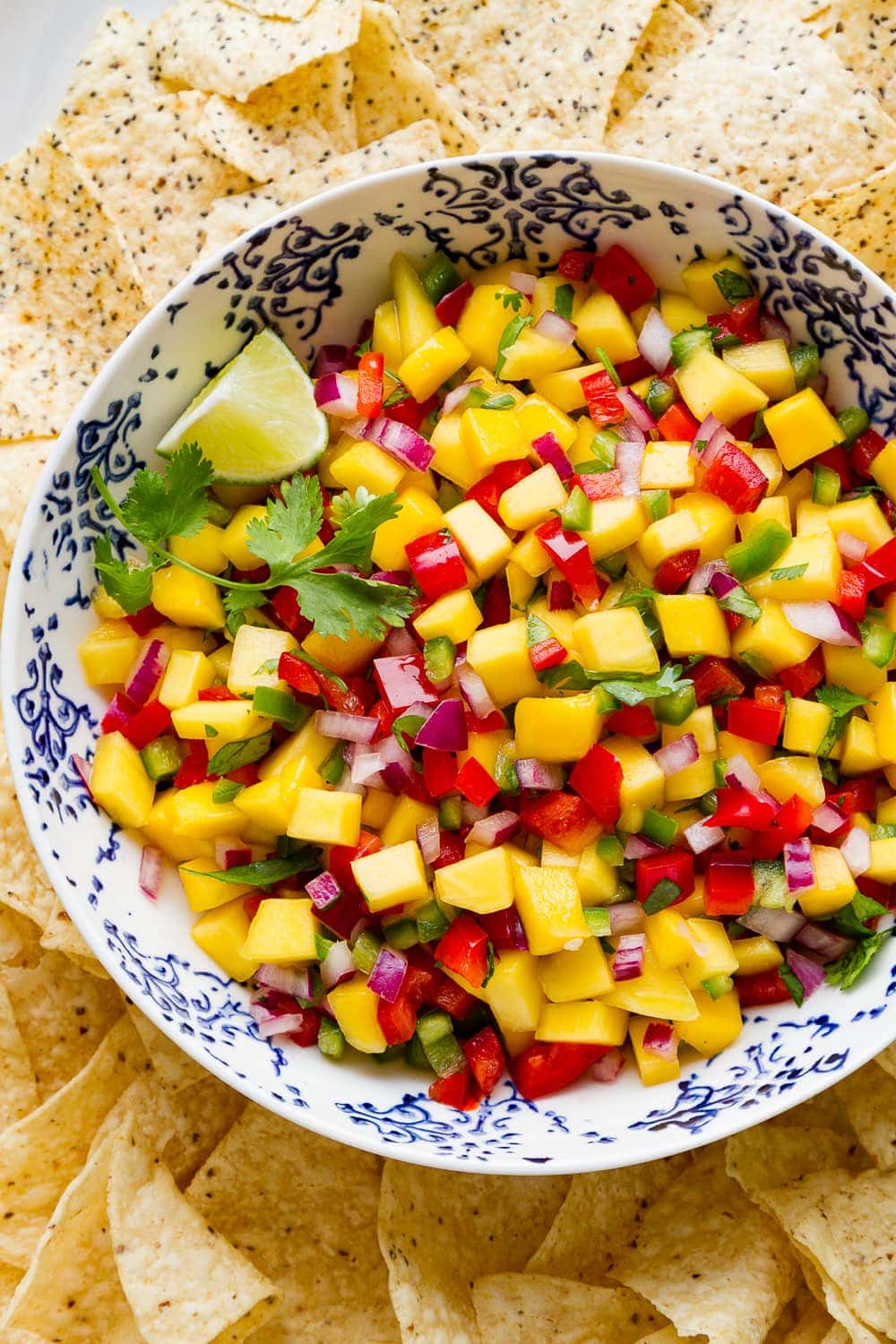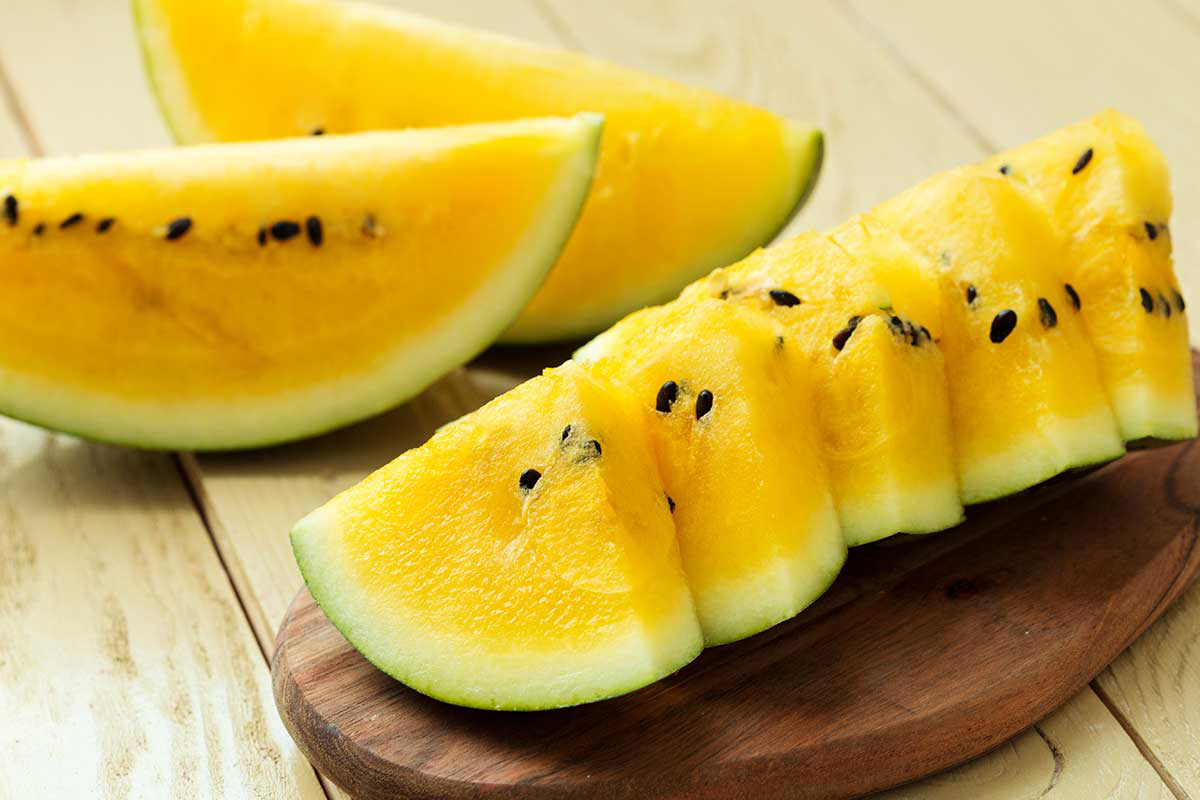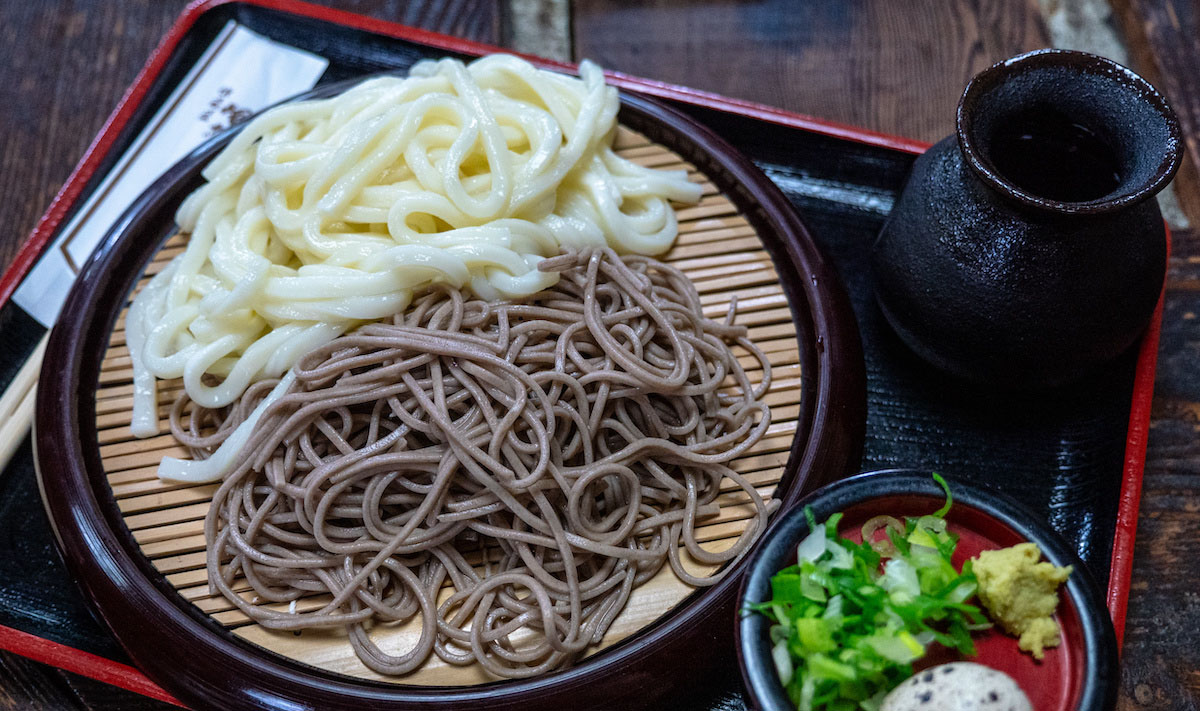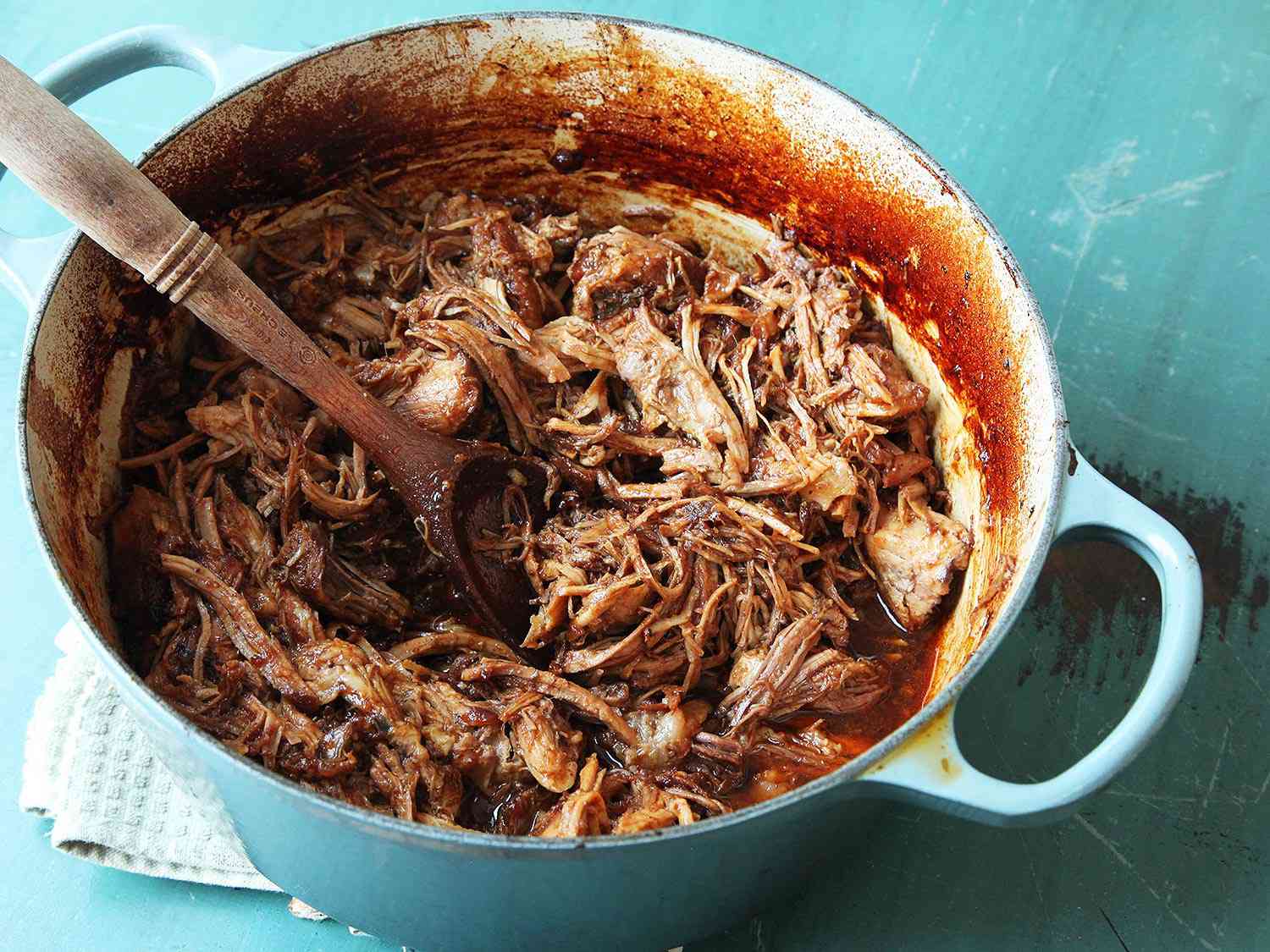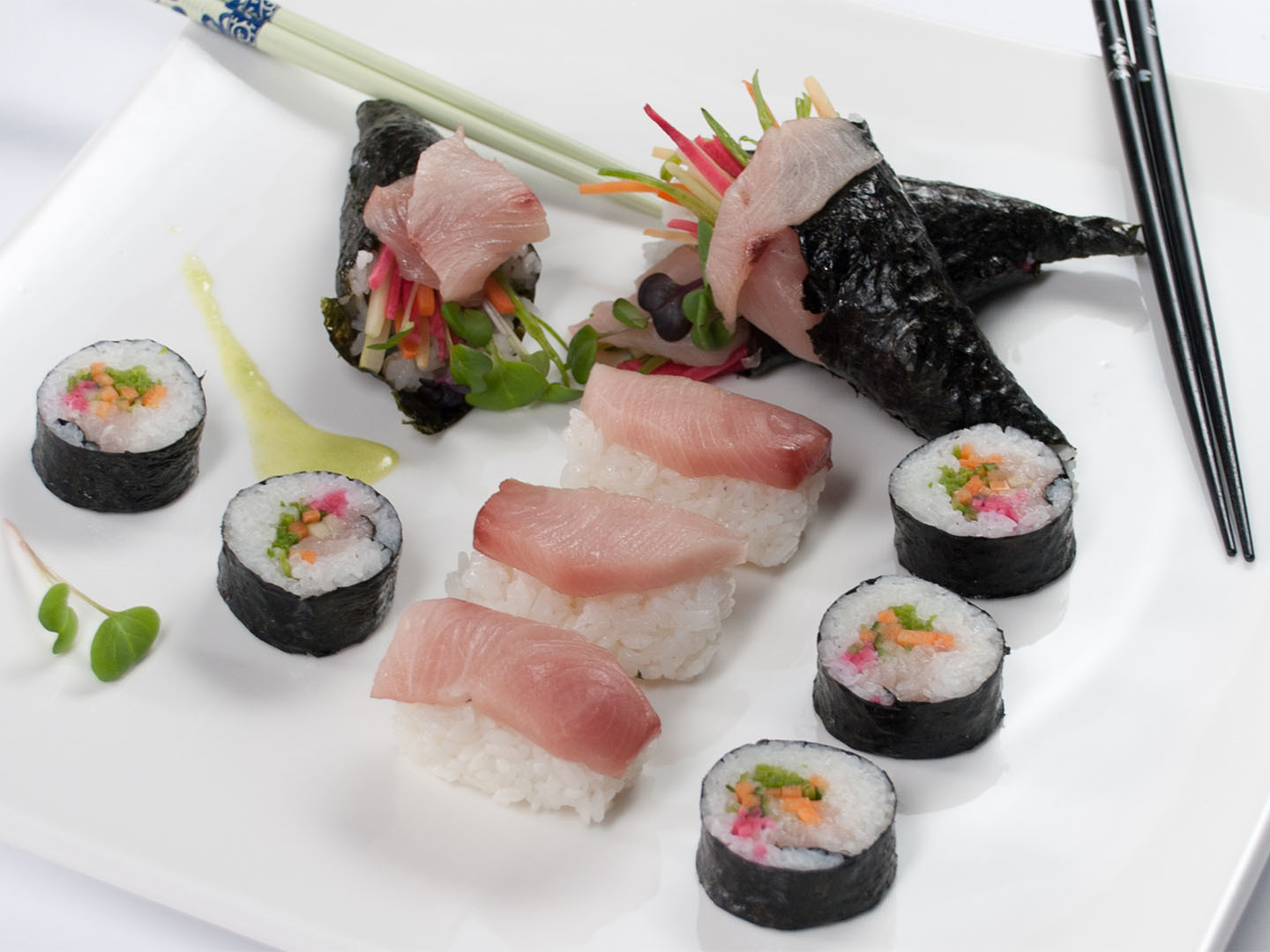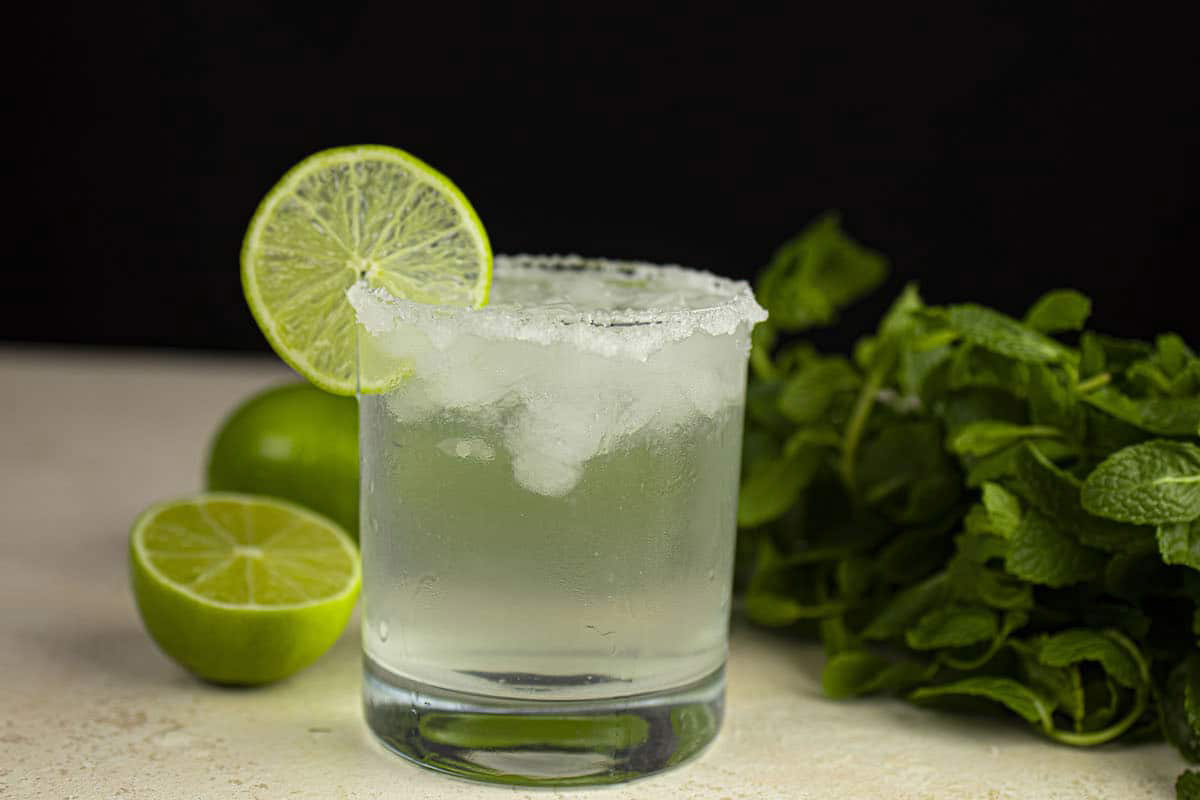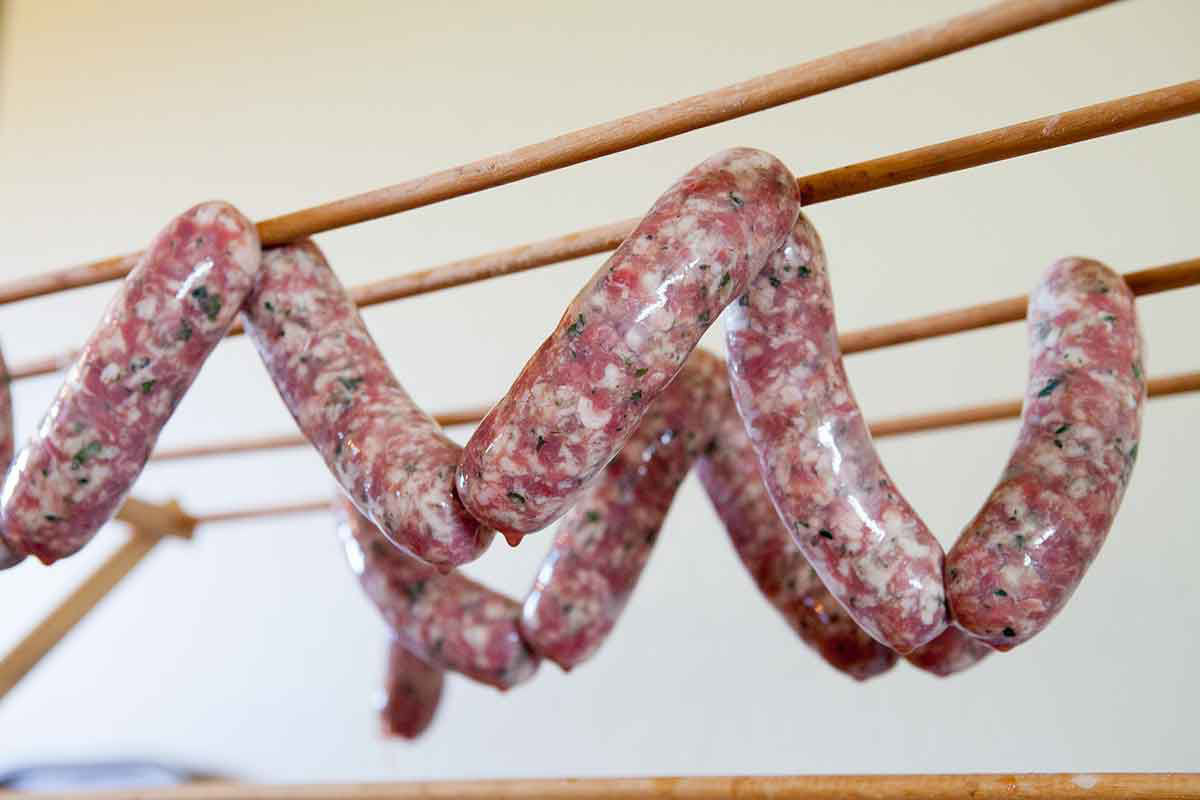Banana peppers are a popular and versatile ingredient in the culinary world. These mild and tangy peppers are often used to add a pop of flavor and color to a variety of dishes. If you've ever wondered what exactly banana peppers are and how to use them, you've come to the right place. In this article, we'll explore the origins of banana peppers, their flavor profile, and some creative ways to incorporate them into your cooking.
Origins and Characteristics
Banana peppers, also known as yellow wax peppers, are a type of chili pepper that belongs to the species Capsicum annuum. They are named for their long, curved shape, which resembles a banana. These peppers are typically harvested when they are still yellow or light green in color, before they have a chance to fully ripen and develop a spicier flavor.
Flavor Profile
One of the defining characteristics of banana peppers is their mild heat. On the Scoville scale, which measures the spiciness of peppers, banana peppers typically range from 0 to 500 Scoville heat units, making them much milder than jalapeños or serrano peppers. In addition to their gentle heat, banana peppers offer a tangy and slightly sweet flavor, making them a versatile ingredient in a wide range of dishes.
Culinary Uses
Banana peppers can be enjoyed in various forms, including fresh, pickled, or roasted. Here are some popular ways to use banana peppers in the kitchen:
-
Pickled Banana Peppers: Pickled banana peppers are a popular condiment that can add a zesty kick to sandwiches, salads, and pizzas. They can also be enjoyed straight out of the jar as a tangy snack.
-
Stuffed Banana Peppers: These peppers are often hollowed out and filled with a savory mixture, such as cheese, sausage, or rice, before being baked or grilled to perfection.
-
Sliced Banana Peppers: Fresh banana peppers can be sliced and added to sandwiches, wraps, or salads to provide a burst of color and flavor.
-
Roasted Banana Peppers: Roasting banana peppers can enhance their natural sweetness and add a smoky depth to their flavor. They can be used in salsas, sauces, or as a topping for grilled meats.
Nutritional Benefits
In addition to their culinary appeal, banana peppers also offer a range of nutritional benefits. They are low in calories and rich in vitamins A and C, as well as antioxidants. Consuming banana peppers can contribute to a healthy immune system and overall well-being.
In Summary
Banana peppers are a delightful addition to any kitchen, offering a mild heat and tangy flavor that can elevate a wide range of dishes. Whether you enjoy them pickled, stuffed, sliced, or roasted, these versatile peppers are sure to add a pop of color and flavor to your culinary creations. So, the next time you come across a jar of pickled banana peppers or a fresh bunch at the market, don't hesitate to bring them home and get creative in the kitchen!
Was this page helpful?
Read Next: What Is Bordelaise Sauce?
